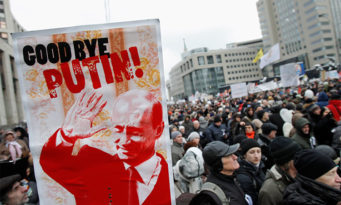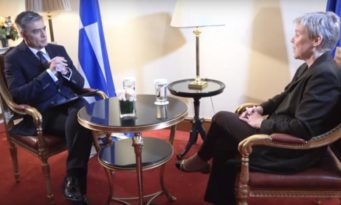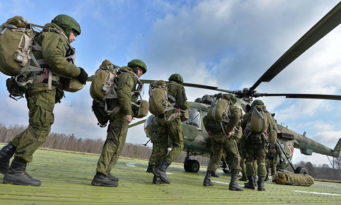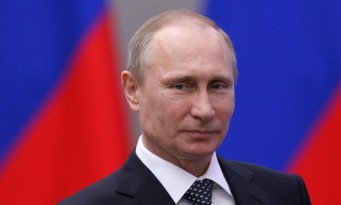Is NATO ready to Improve its Naval Capabilities?
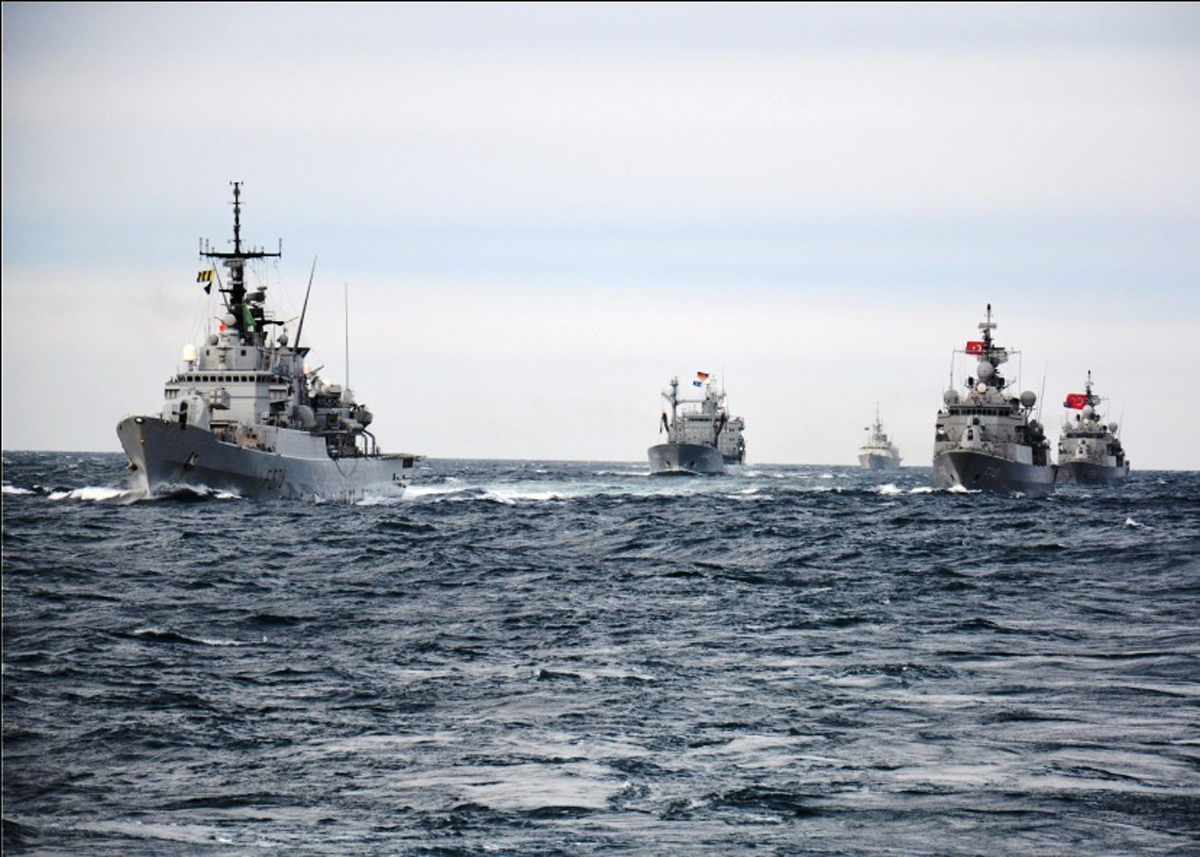
- By defencematters
Sinan Ülgen on why Turkey has radically shifted its position to one where NATO should essentially increase its presence in the Black Sea.
Octavian Manea
The Northern part of the Eastern Flank is at the centre of the Alliance’s attention. In the meantime, Russia is significantly consolidating its military footprint in the Black and Mediterranean Seas. What can NATO do in response to this emerging operational reality? And what are the options of the most exposed NATO members in the region? Defence Matters interviewed Sinan Ülgen, a visiting scholar at Carnegie Europe in Brussels, whose research focuses on Turkish foreign policy and transatlantic relations.
Is Turkey going to support a consolidated regional alignment under a NATO umbrella in the Black Sea? Has Turkey’s optic changed?
Let’s start first with the security angle of the Black Sea. For a long time, until November of last year, when Turkey shot down the Russian plane and the relationship between Ankara and Moscow got acrimonious and confrontational, the Turkish position on the Black Sea was that the outside powers (this includes obviously US and to some extent NATO) should not have a big role to play in the Black Sea. In general, the perception was that the Black Sea was a region that only the Black Sea countries should essentially influence and lead the security arrangements that will affect the Black Sea. In that sense, the Turkish position was closer to Russia than Romania or Bulgaria. Today Turkey has radically shifted its position and now is much more in tune with the Romanian optic, which is that going forward, NATO should essentially increase its presence in the Black Sea. The reason for that is the confrontational relationship that Turkey has with Russia, which before November was not the case, where despite differences on regional issues (Crimea, Ukraine or Syria) Ankara and Moscow have actually been able to compartmentalize their differences and prevent them from poisoning the bilateral relationship. But that achievement ended with the downing of the Russian plane and today the relationship is rather tense. This has impacted the Turkish outlook on its security policy but also its outlook regarding the Black Sea.
Having said that, there is nonetheless a big caveat in the Turkish position: the Montreux Convention. It does indeed limit how much foreign actors could have actually a presence in the Black Sea. There are specific constraints for non - Black Sea countries. So if NATO is going to increase its military presence in the Black Sea, ideally it should do so through Romania, Bulgaria and Turkey developing new naval assets as part of that. This is the only way that NATO could enhance its overall capacity in the Black Sea without violating the Montreux Convention.
Looking at the behaviour of the two leaders – Putin in Russia and Erdogan in Syria, it is more realistic to expect that this confrontation will continue in the foreseeable future, because at the end of the day in terms of regional situation the two countries have different outlooks (we see this in Ukraine and Syria).
There is a larger discussion in Europe about a security arrangement or a new security architecture on the continent. This is at the core of the OSCE report developed by the panel of eminent diplomats. The report is arguing for a new modus vivendi with Russia. Is it realistic to expect this when the core principles of the post - 1990 order were thrown out of the window?
My analysis of the situation is that it is naive to expect that under the current conditions Russia and the West can sit together and agree on overriding all the encompassing set of rules. In the end Russia has blatantly violated the rules of the security architecture that prevails today which is the product of the Helsinki Final Act. Without redressing those violations why should the West agree on a new security architecture with Russia which will then be perceived as a weakness on the side of the West? The second reason has to do more with Russia. There is a belief in the West that in the longer term Russia is a power in decline because of demographic and economic factors. In this context, the only way for Putin to retain his internal legitimacy given the fact that he can’t deliver economically is to adopt a more aggressive and nationalist rhetoric backed by an assertive foreign policy and adventurism almost. There is no trust in Russia. This is seen from a Western perspective as being Putin’s strategy for retaining its legitimacy domestically. He has popularity but on the back of this type of dangerous foreign adventurism. In that sense, there is a very strong argument in my belief why there will not be any new ambitious talks with Russia over a new security architecture.
A key pillar of European stability used to be the (Adapted) Treaty on Conventional Forces in Europe (CFE). The treaty sets limits on permitted holdings of hardware in the flank zones. Russia chose to suspend it in 2007 and halted its participation completely in 2015. What could make/persuade Russia to return into the framework?
I can’t be very optimistic regarding the future of the CFE Treaty. In Crimea for instance Moscow has been able to carry out large military build-ups and snap exercises which were later used for offensive purposes. This is very much in line with their doctrine of non-linear hybrid warfare that can be summarized as being below the conventional radar blitzkrieg. In contrast the whole CFE logic was essentially designed to prevent this type of military build-ups, sudden exercises and blitzkriegs. What we see incidentally in Russia is exactly the opposite. If this is becoming Russia’s military strategy then there is no incentive for Russia to bind itself with any sort of new treaty obligations. Secondly when we look at Russia’s military modernization programs, the state armament programs, the modernization of their airborne troops with the purpose of transforming them into Moscow’s intervention instrument, there is no incentive to bind itself with international rules. For all of these reasons I will be pessimistic regarding the future of the CFE. This is how Putin wants to operate. If he can’t provide long-term sustainable growth if the demographic is working against him, this is how he will be able to consolidate the type of support he needs. We actually see signs of how nationalist the Russian public opinion is turning on the back of these type of foreign adventurism that has an impact on the rhetoric, on the Russian media.
To some extent there is a common strategic denominator linking the Eastern and the Southern Flanks of the Alliance: the developing of the access-denial bubbles in the Alliance frontline regions. How do you see the consequence of these maturing threats for the Alliance and NATO member states? What role can NATO’s Standing Maritime Group 2 play?
Russia’s Black Sea Fleet functions as the main enabler of the Russian A2/AD threat. The fleet is armed with enhanced Kilo-class diesel-electric submarines, thousands of marines, and a robust surface contingent. In a further challenge to NATO Allies’ security, Russian forces are equipped with Yakhont anti-ship cruise missiles, which alone constitute a surface naval A2/AD zone. This anti-ship military structure is reinforced by an antiaircraft force consisting of double- and triple-digit surface-to-air missile systems as well as electronic warfare assets.
As a policy response to Russia’s A2/AD tools, NATO should consider improving its naval capabilities. Essentially, the Alliance needs a transformation in its doctrine and operational assets. In 2011, the Alliance adopted its Maritime Strategy, which is based on the four main pillars of deterrence and collective defence, crisis management, cooperative security, and maritime security. The strategy also highlights NATO’s key maritime functions such as nuclear deterrence and sea-based ballistic missile defence. However, although the document underlines the importance of “maintaining the ability to deploy, sustain and support effective expeditionary forces through the control of sea lines of communications,” it does not openly stress A2/AD challenges. Following the 2016 Warsaw summit, the overall security situation on the Southern flank will necessitate a renewed Maritime Strategy with a focus on proposed options for countering the A2/AD threat.
Furthermore, NATO’s Standing Maritime Group 2 which has overall responsibility for providing maritime support to NATO missions around the Mediterranean and the Black Sea, needs more capabilities and a significant numerical increase in its fleet. That effort should start with the principal naval component of NATO’s ballistic missile defence capacities, which consist of the four Aegis ballistic missile defence–capable vessels currently deployed in Rota, Spain. NATO’s deep strike, very long-range precision strike, and stealth capabilities should also be fostered through advanced air platforms and munitions. Such a force posture should be supported by an advanced architecture of command, control, communications, computers, intelligence, surveillance, and reconnaissance (C4ISR).







